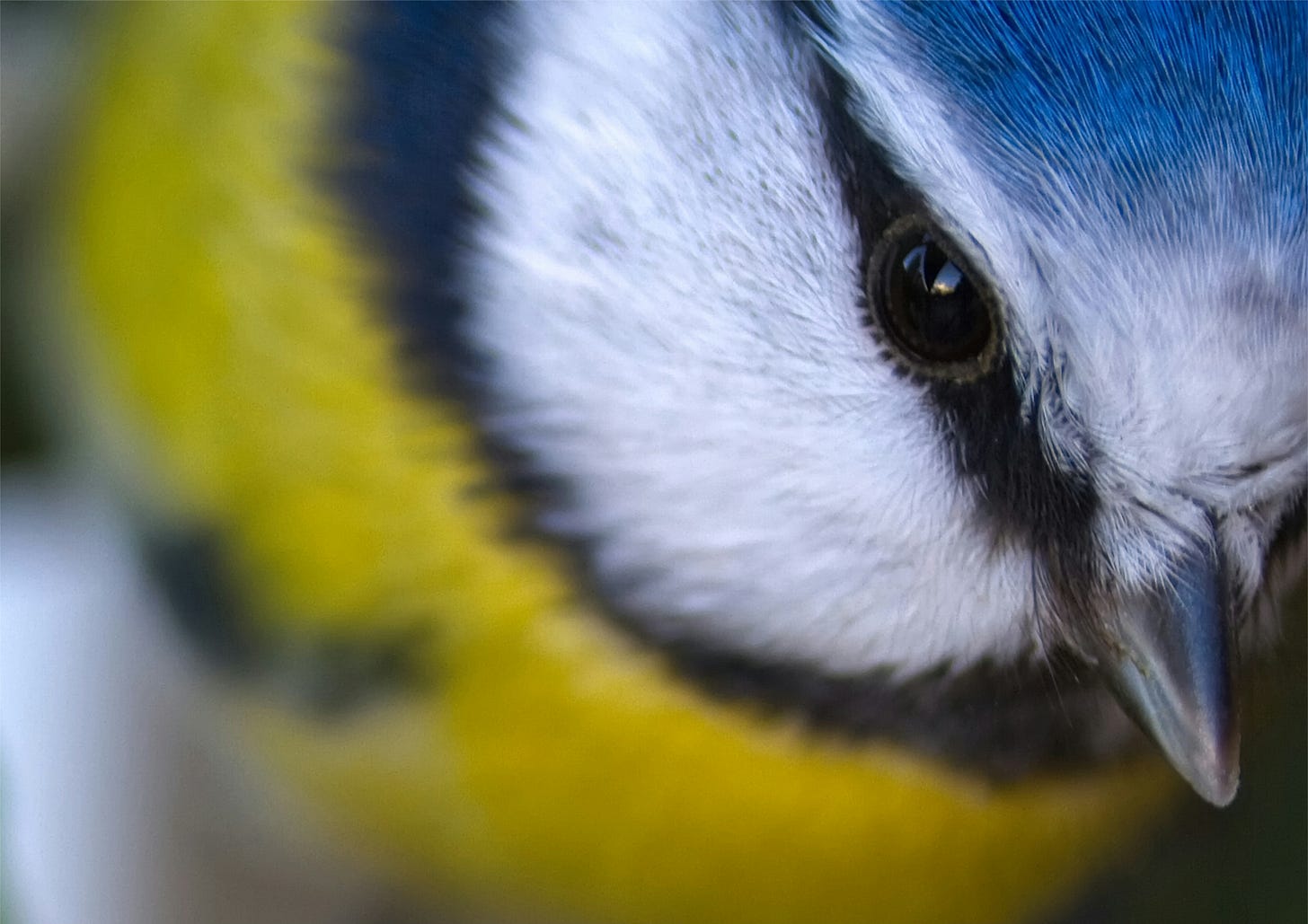Unburdened
forces tender and terrible
Hello. This post is about Death & Birds.
I have stood, before, barefoot on grass, encased in iron armour, begging to be unburdened—and never have I been denied. Goldcrest and Nuthatch pull at buckle and clasp, and with constraints cast off I am met by the breeze as beloved. Delivered, once again, to the moment.



